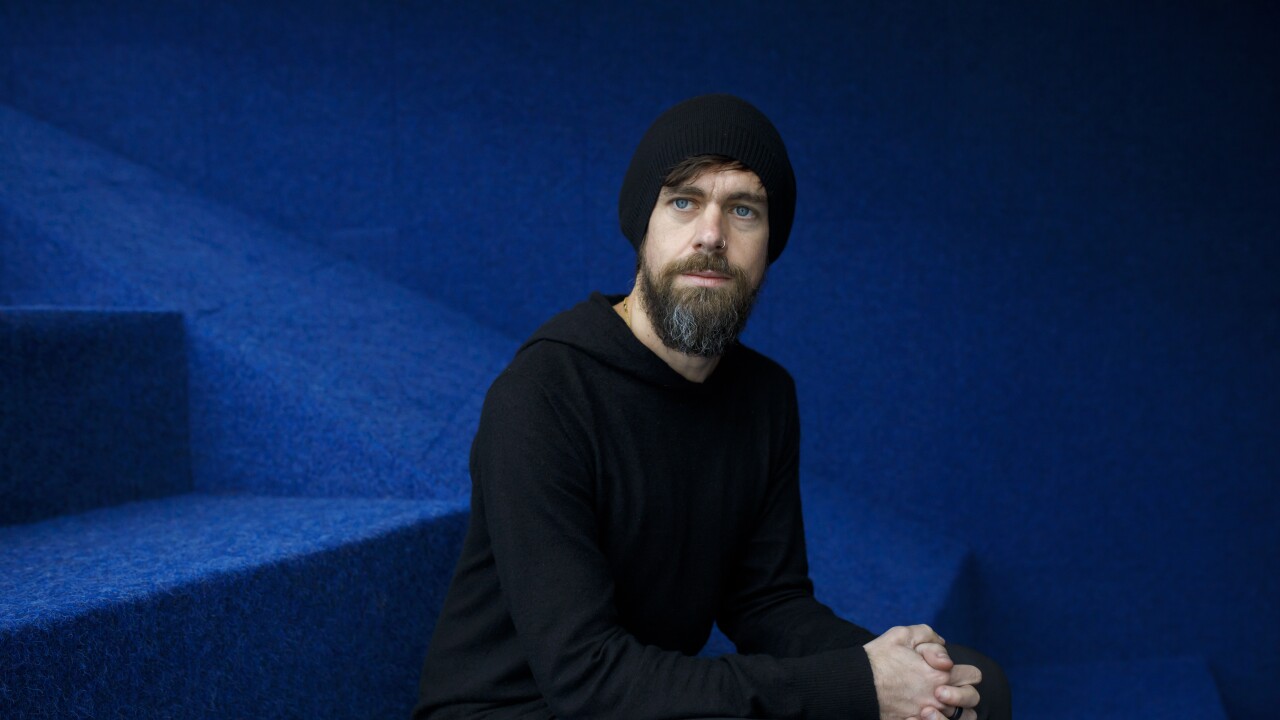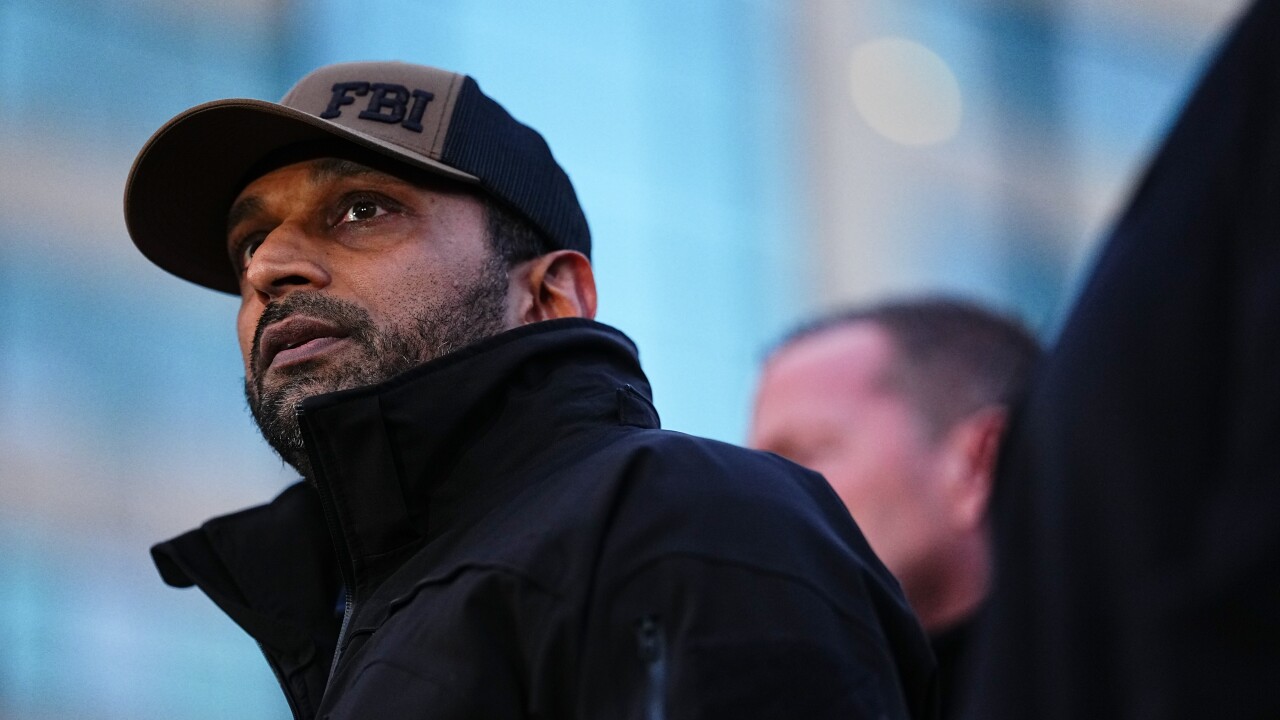Mastercard knows the more time consumers spend on their mobile devices—often deliberately blocking ads—the less likely they are to see its iconic “Priceless” ads, even if those ads support a charitable cause.
“We know people are consuming a lot of media on mobile devices and they’re also using ad-blockers in a big way, and we’ve been looking for a way to get ahead of this…with technology,” said Raja Rajamannar, Mastercard’s chief marketing and communications officer.
But technology alone won’t do it, he said.
“Our market research shows that consumers are more positively inclined toward brands that don’t just advertise, but support their causes and give them a chance to do something about things, and for millennials this is a big deal,” Rajamannar said.

Mastercard has landed on one solution to the problem. During December 2017, Mastercard installed interactive billboards around Paris, showing how hunger in Africa hurts children’s health and education. Each billboard was equipped with a built-in NFC reader enabling consumers to make a contactless donation of €1 (US$1.24) on the spot, with the funds going to the United Nations’ World Food Program (WFP) to feed kids in poor countries with hot meals at school. Mastercard matched each donation.
The Paris test of card-based micro-donations—which fell under Mastercard’s relatively new “Start Something Priceless” campaign—were a big hit in Paris over the holidays, and Mastercard now plans to expand the program to other cities and countries with the goal of delivering 100 million meals to schoolchildren in needy countries by June of this year, Rajamannar said.
The Paris billboard promotion supported both card and device-based mobile payments, but the majority of transactions were conducted with mobile devices, which provided secondary benefits in driving the habit of using mobile payments, he said.
“We saw a lot of positive effects from the campaign in Paris—transaction frequency and volume rose, wallet behavior improved and we saw a qualitative and quantitative improvement in the consumer’s mindset about Mastercard,” Rajamannar said, though he did not disclose specific data.
In February, the interactive billboards will move to locations near Mastercard's operations in the U.S. where thousands of company employees can make contactless donations. Mastercard is based in Purchase, N.Y.
This campaign significantly expands earlier school-meal programs Mastercard has supported with WFP beginning in 2013. In those programs, Mastercard partnered with supermarkets and restaurants in Germany, Poland, Sweden and the Netherlands and other locations. Those efforts, which used standard payment cards, funded more than 17 million individual meals delivered to hungry students in third-world countries.
In May and June of 2013 in Germany, for example, Mastercard donated a hot meal for an Ethiopian public school student with each Mastercard purchase over six weeks at local supermarkets and restaurants. Simultaneously, Mastercard donated another meal to the same cause with each “Like” or photo uploaded to Mastercard Germany’s Facebook page. That push resulted in $416,000 donated toward meals for students in Africa, according to Mastercard.
Mastercard also works to document the result of its efforts. Last year Mastercard sent 18 employees to WFP country offices for short-term assignments to measure the effects of donating hot meals to schools, noting improvements in the health and education levels of participating children. Every dollar invested in school meals brings an average economic return of $6 in improvements in students’ welfare, Mastercard said last year.
Mastercard is also introducing more action-based media and messaging that doesn’t always involve a direct donation. Examples include a video released this month showing a group of musicians who rose above cultural bias or disability to achieve success, and another highlighting amateur athletes from different countries joining forces.
The standard “Priceless” TV and print ads will continue, but Mastercard is making a deliberate shift in the mix of its media to reflect its new goals of integrating its brand with actions consumers can take to improve their lives and conditions around the world, Rajamannar said.
“We’re not going dark on traditional media—we’ll still use TV, radio, print and billboards like we always have, but we’re adjusting the mix to bring ‘Priceless’ together in a different way to make it more experiential around the world,” he said.





